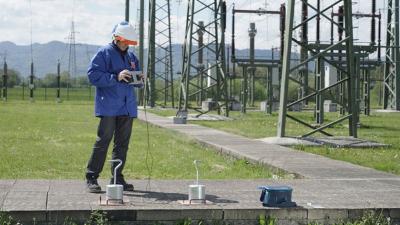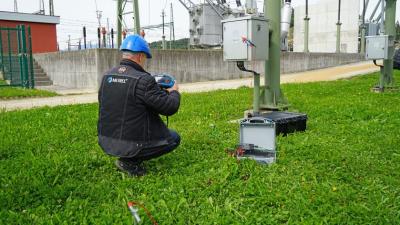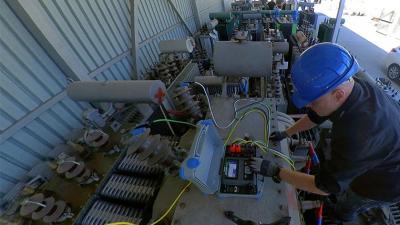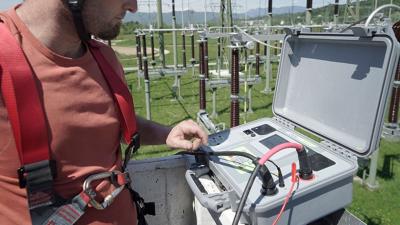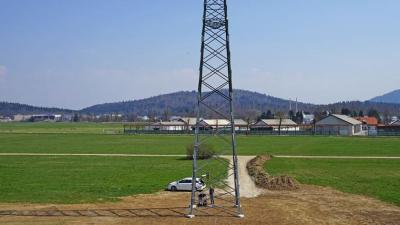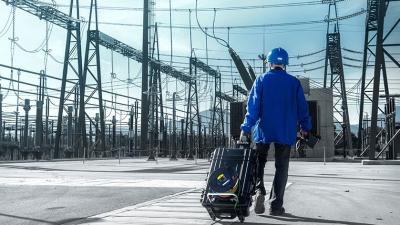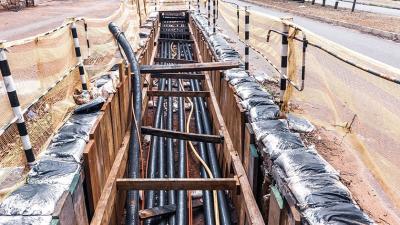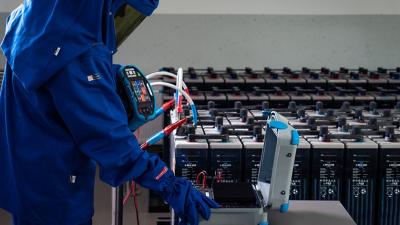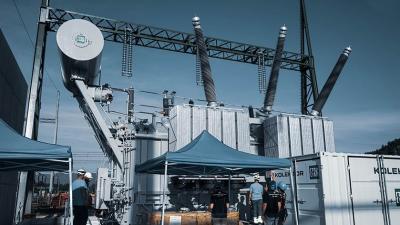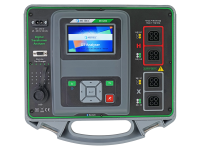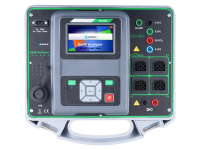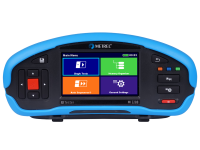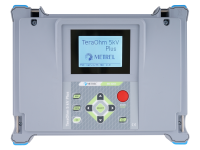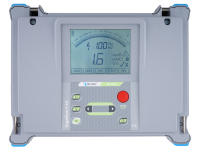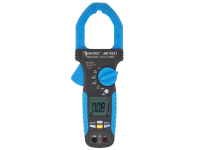Power distribution
Electrical Energetics
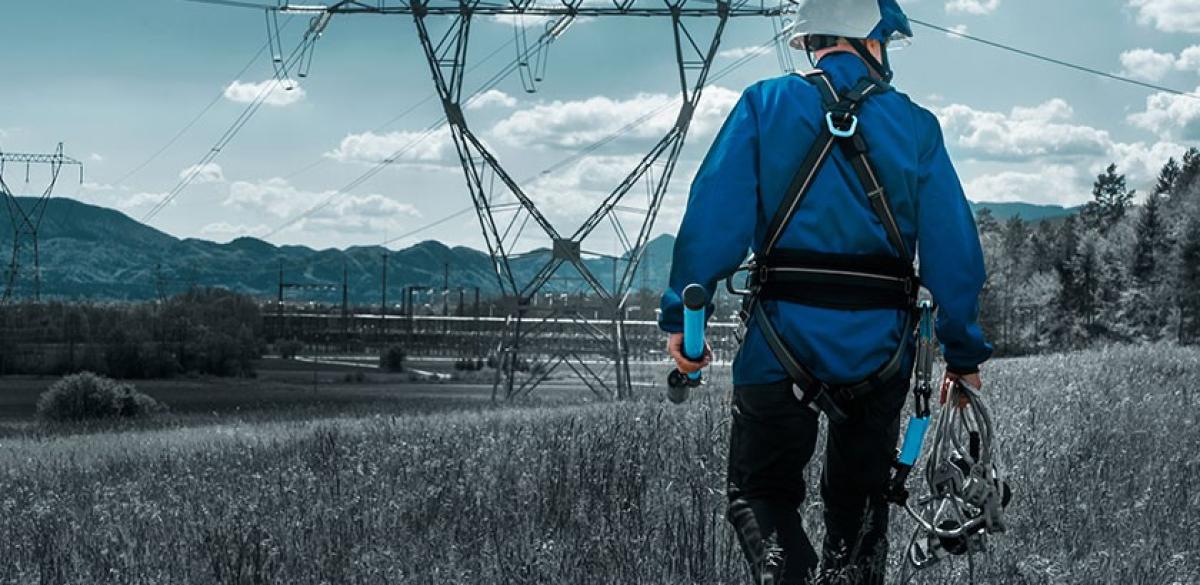
Practical energy sources for electricity generation are often remote from the consumers they serve. Large rivers, geothermal locations, even coal mines and the thermal plants they serve can be located far away from industrial centres that use the generated energy. This is where the transmission and distribution system comes in. The energy is transmitted at very high voltage AC or DC. DC system is more appropriate for very long distances as it reduces losses and can connect incompatible AC systems, but it uses more hardware. An AC system is simpler in terms of equipment and the best option for shorter links. Both systems take similar safety precautions in the actual network. Voltage amplitude is chosen also based on amount of energy transported – the higher the energy, the higher the voltage.
Its magnitude means specialised materials need to be used for isolation of wires from towers. In case of underground distribution whole length of wires must be isolated, and the material must be moisture-proof. Measurements of the insulation resistance are slow and require high test voltages.
In idealised DC system, the whole distribution system is a single circuit. The 50/60 Hz signal used in AC system travels very far as well. These features make it hard to measure earthing or grounding impedance in every single pylon. Special methods are developed to deal with this issue.
A substation is a facility for electrical crossroads. It contains switching gear, step up or stepdown transformers, other power converters, powerful surge protection, optionally also filtering or computers for automatic control of the processes. Functions of the substations include disconnection of part of the grid for maintenance (transmission substation), dividing or collecting the power, converting it between different systems, or serve a specific need like railway or industrial power. Their particularly important are the AC transformers. They require thorough maintenance in electrical, mechanical and material terms.
Distribution towers are easy targets for lightning strikes. High quality lightning protection is an essential necessity required for uninterrupted operation.
Regular testing of protective measures ensures long term functionality and electrical safety in high-voltage distribution system.
Application Notes
Competencies at edison
EDISON is an international organisation for certification of competences in electrical safety testing. Click on the links for more information on each competency.
- EES: Earthing and grounding systems
- EEA: Electrical energy systems
- IEC 60909 Short-circuit currents in three-phase a.c. systems
- IEC 60947-2 Low-voltage switchgear and controlgear – Part 2: Circuit-breakers
- IEEE 81-2012 – IEEE Guide for measuring earth resistivity, ground impedance, and earth surface potentials of a grounding system
- EN 50522 – Earthing of power installations exceeding 1 kV a.c.
- IEC 62305 – Protection against lightning
- IEC 60364-6 Low voltage electrical installation safety: Part 6 Verification
